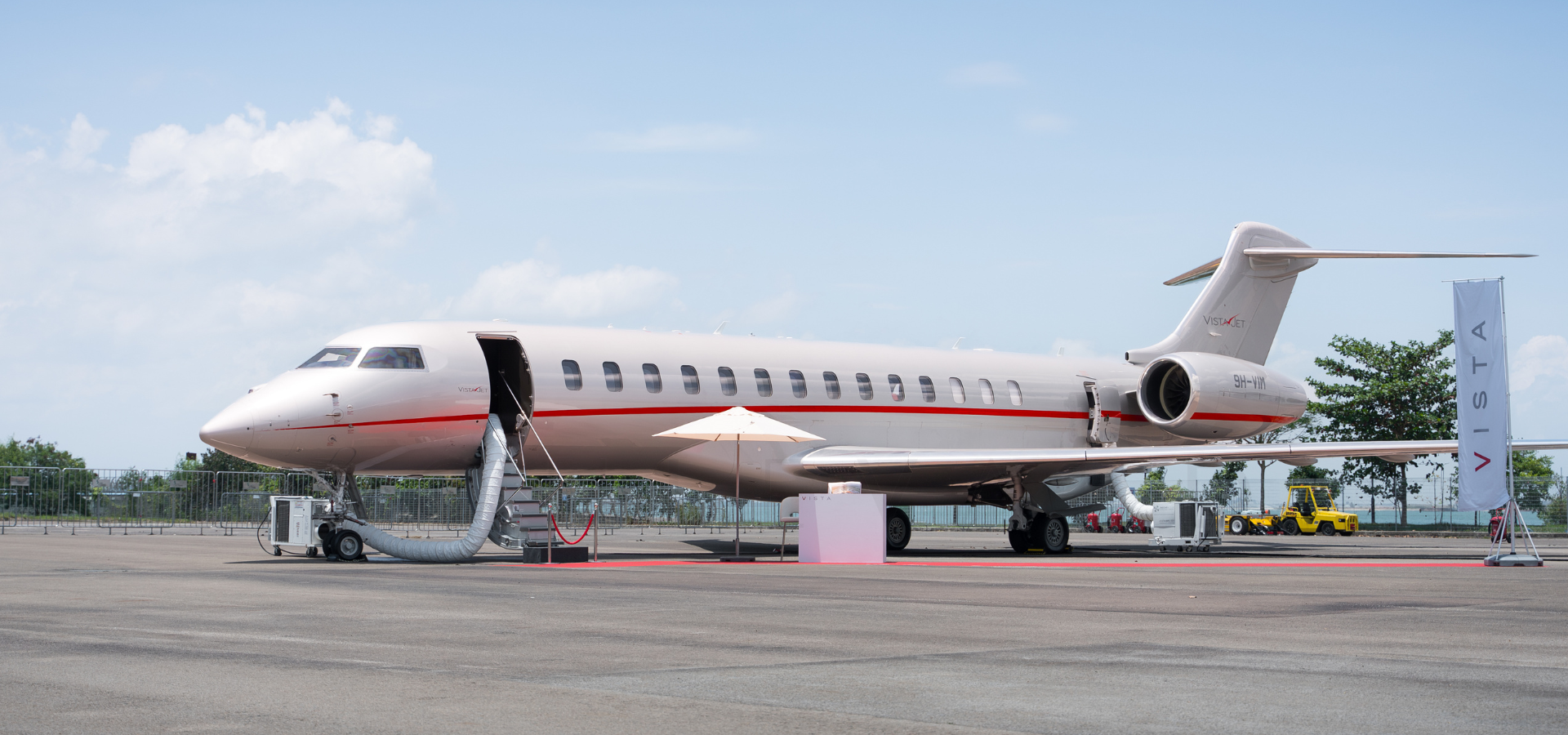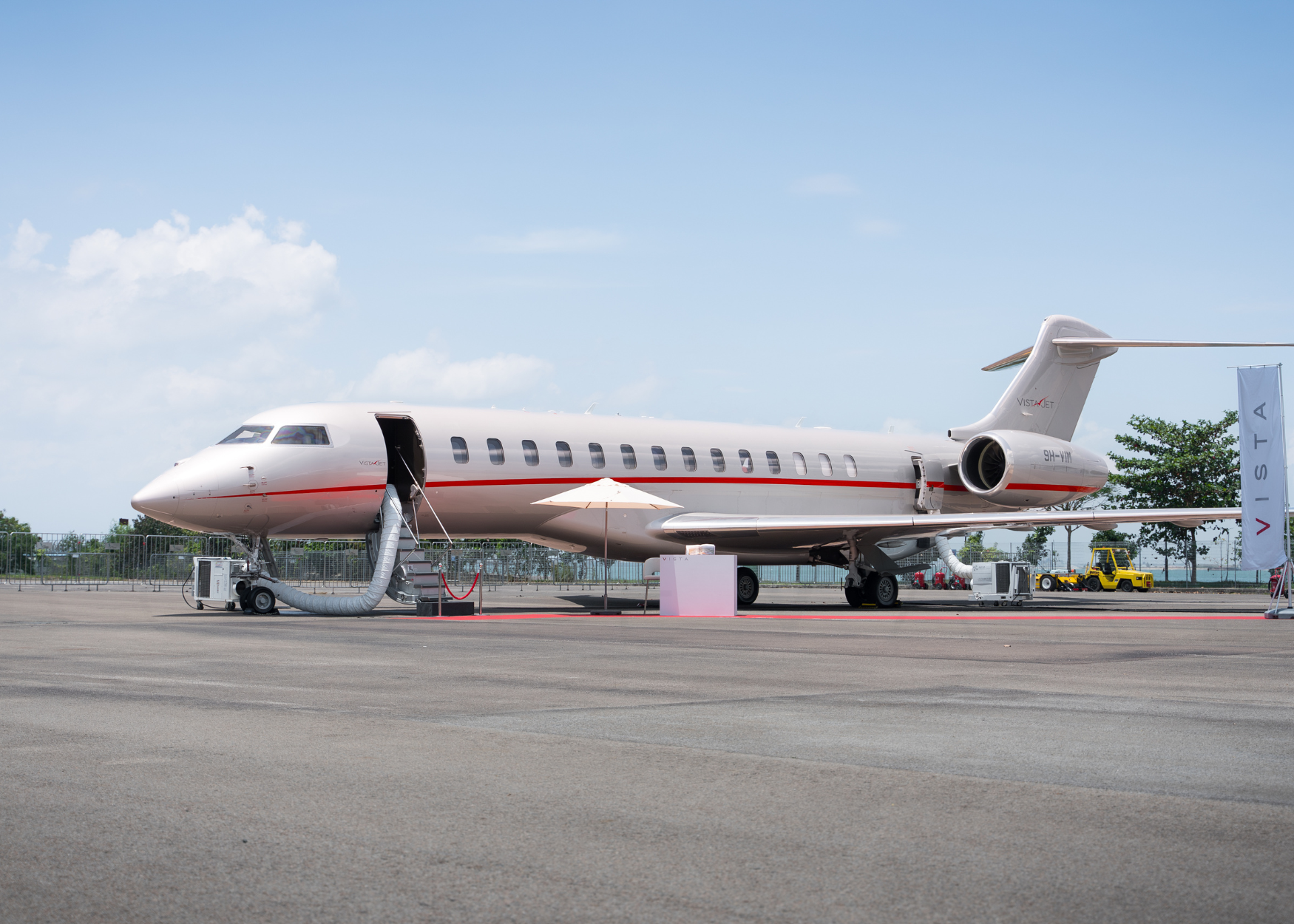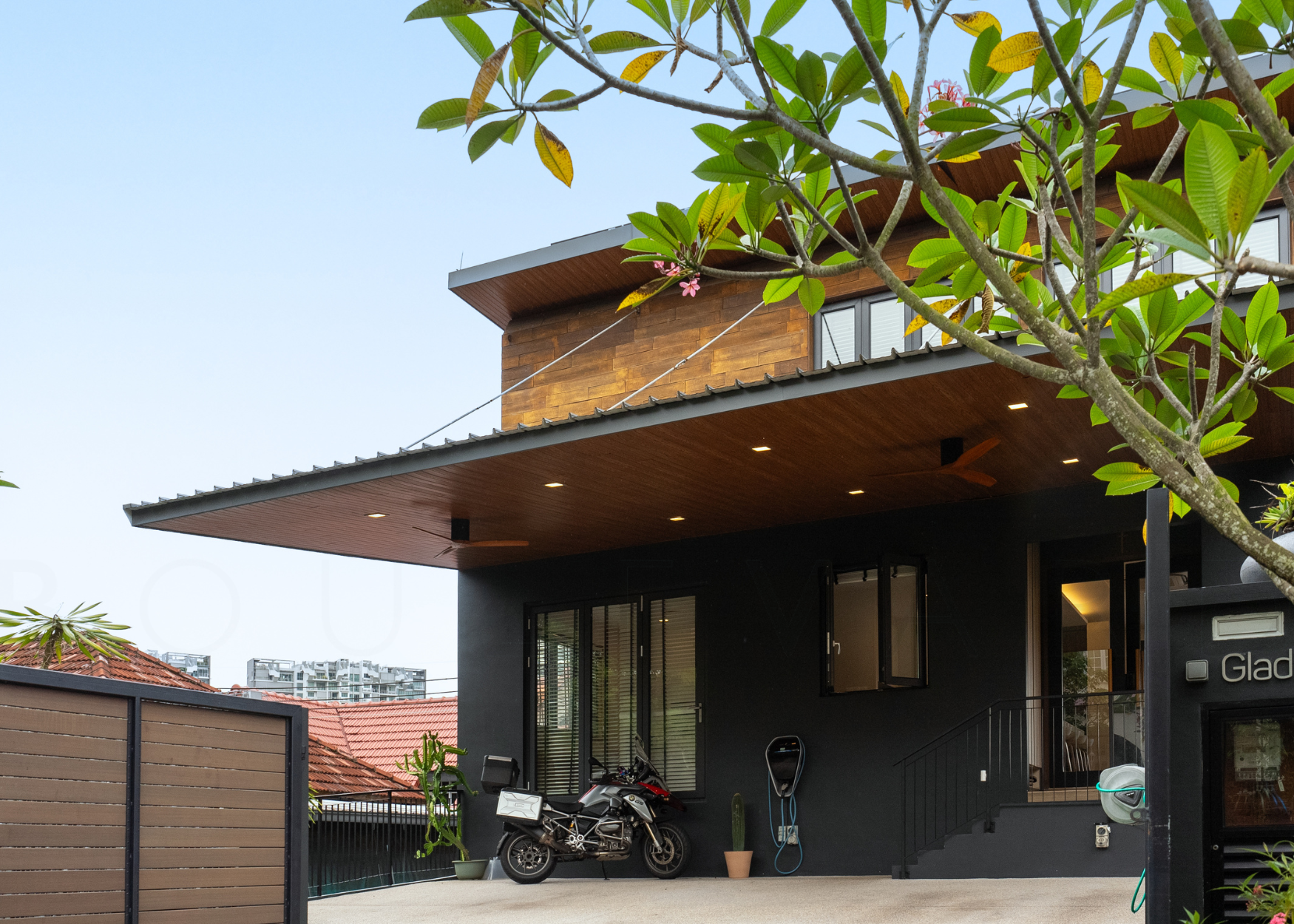Why UHNWI are ditching jet ownership for charters
by Karishma Tulsidas
Photography by Jin Cheng Wong
Once the ultimate symbol of exclusivity, private jet ownership is quietly being replaced by something far more practical: access. These days, you don’t buy the plane, you buy the hours.
In Singapore, the number of private jets rose from 66 in 2022 to 74 in 2023, according to consultancy Asian Sky Group. Meanwhile, Air Charter Services (ACS) director Brendan Toomey revealed that the company clocked in 35 per cent more flights to and from Singapore in 2024 compared to 2021.
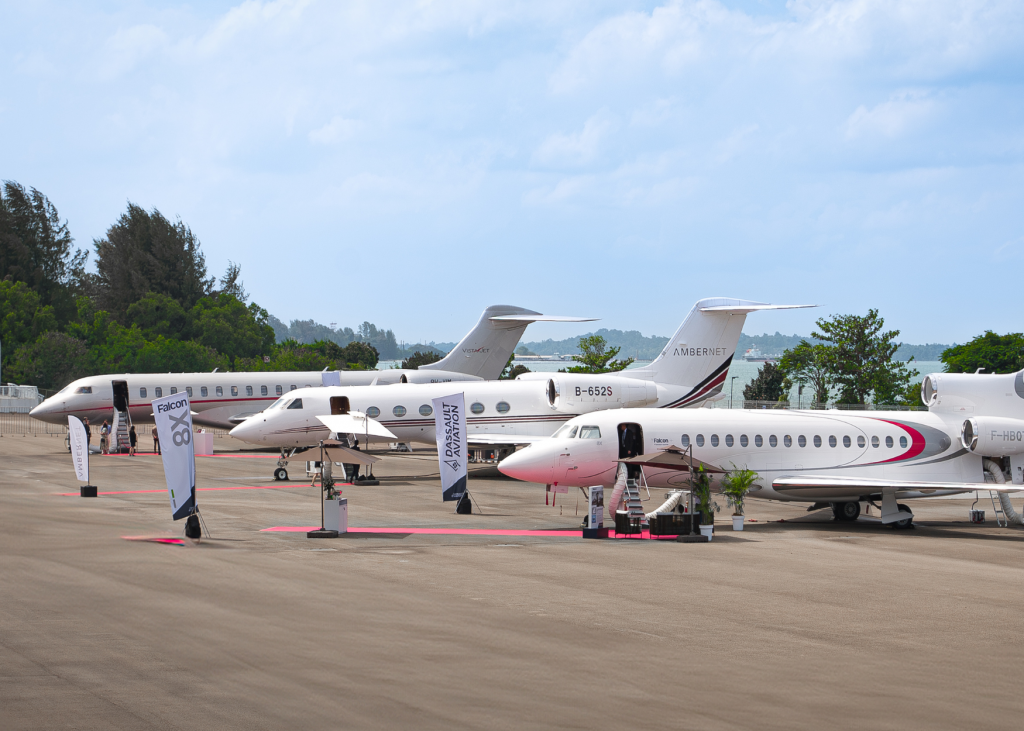
The inaugural Business Aviation Asia Forum and Expo (BAAFEx) in Singapore. Top: VistaJet in BAAFEx.
One of the catalysts for this shift was covid, says Ian Moore, chief commercial officer for VistaJet. Beyond the pandemic, he adds that it’s the flexibility that keeps clients coming back. “It’s about having control over your time and your cabin—being able to go where you want, when you want, and with whom you want.
“Suddenly, you don’t have to go through a commercial terminal. You can leave an hour later if it suits you. You can fly directly to the airport you actually want to reach, without a connection or unnecessary detours.”
He adds, “Once people have experienced private aviation, they might not switch completely, but they may shift a portion of their flying. They might still fly commercially because there are strong commercial carriers globally; people will still enjoy first class or business class. But there’s nothing quite like going exactly where you want to go.”
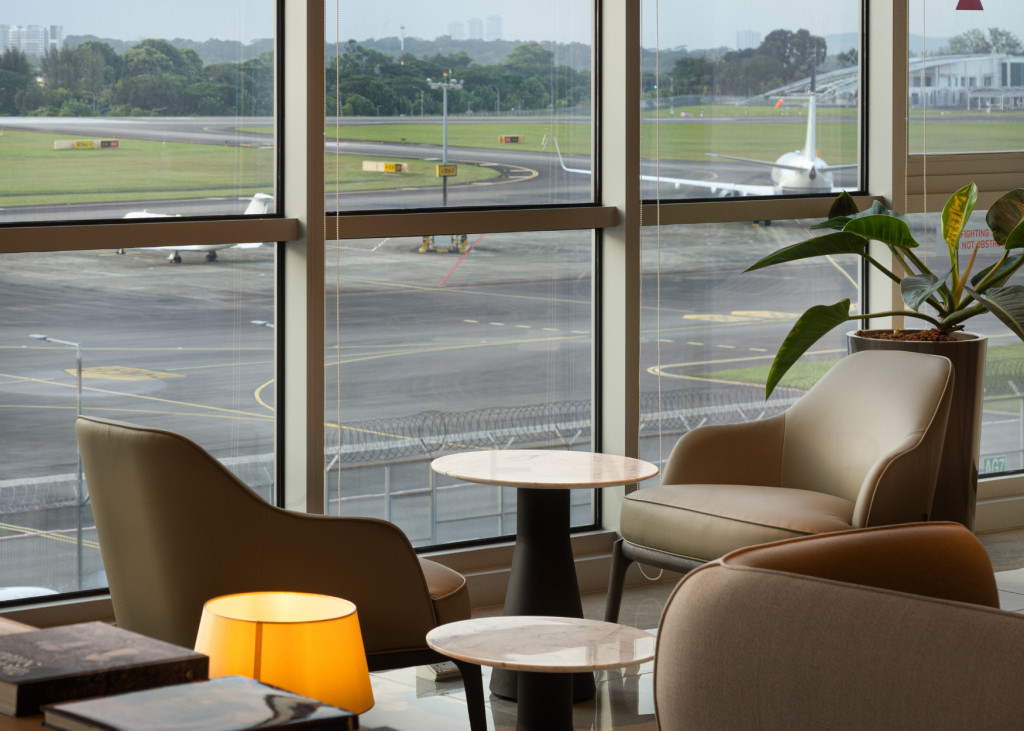
The private Bombardier lounge in Singapore.
While a report by Straits Research reveals that the US remains the biggest market for global air charter services, Asia-Pacific is seeing increased demand too. JetBay co-founder Vivian Zhang agrees, adding, “I know of several operators from Australia and the Middle East who are looking to base aircraft in Southeast Asia because demand is growing so fast.”
She credits economic development in Southeast Asia as a catalyst. “Places like Jakarta, Vietnam and Cambodia are growing rapidly and attracting a lot of investment. So even as China’s aircraft ownership drops, demand in the surrounding region is rising.”
A depreciating asset
Then, there is the elephant in the room: the depreciating value of owning a private jet. VistaJet ’s Moore explains, “We’re seeing more individuals who have bought an aircraft in the past, and are now looking to buy hours instead—rather than buy a second or a third aircraft. Clients are moving away from underutilised, depreciating assets in favour of a fleet model that allows them to be picked up, dropped off and accessed whenever they need.”
He adds, “This resonates particularly with smart corporations, especially now, when they’re under much more pressure from shareholders than they were 20 years ago.”
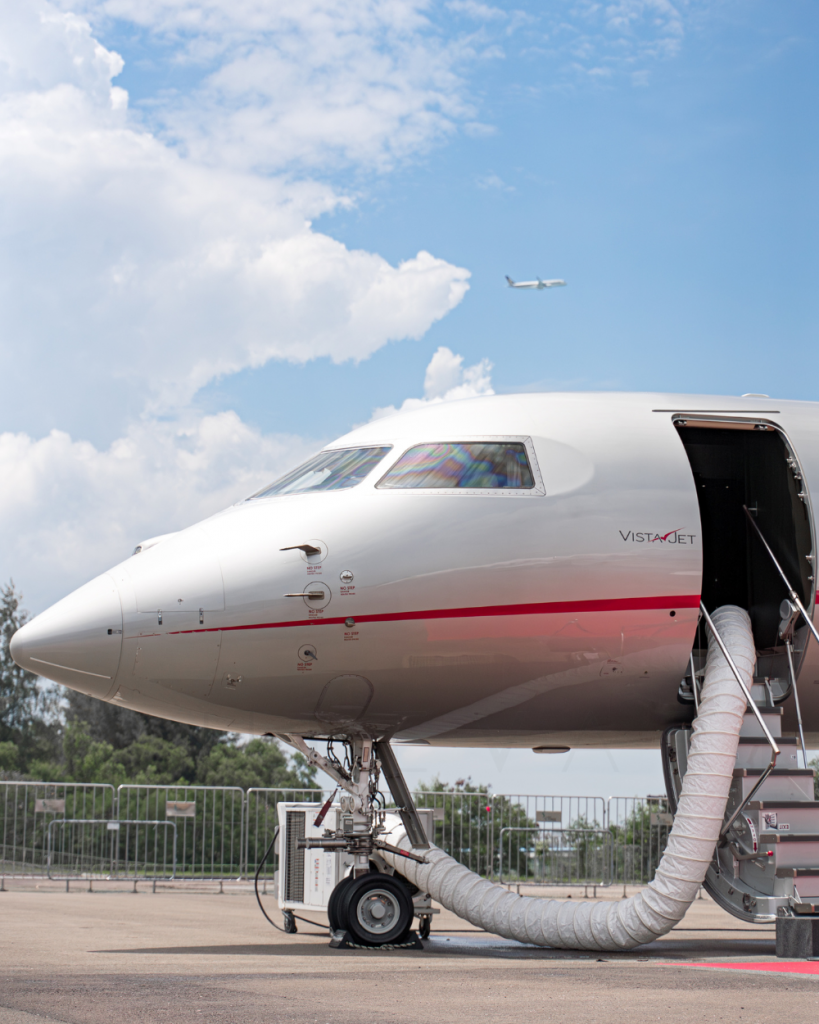
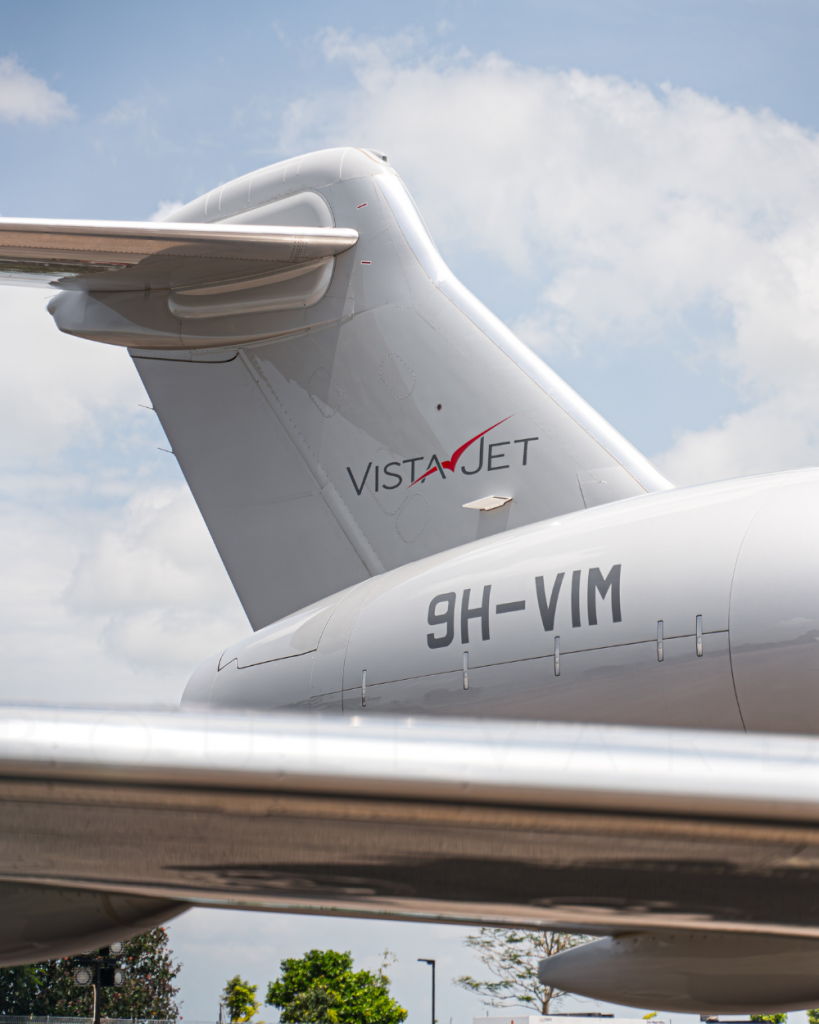
VistaJet’s Bombardier Global 7500, adorned with the brand’s signature livery.
Leveraging tech
One of the biggest challenges in the air charter space is the lack of data, which often leads to wasted costs. For instance, if you’re chartering a jet from Hong Kong to Singapore, the operator needs to find a client for the return leg. If they don’t, that ‘empty leg’ flies back unused, racking up costs with no revenue.
Leveraging AI and tech can help alleviate these pain points. Says Toomey, “Tracking empty legs is challenging, and ACS is investing in optimising flight data to identify dead sectors and better match them with potential customers, or to combine trips where possible.”
Technology is also elevating the customer experience. JetBay’s Zhang describes the company as a platform that “runs on data, not just aircraft.” Utilising AI and smart analytics, JetBay optimises bookings, consolidates trips, and anticipates customer needs.
Unmatched experience
They key priority is to ensure that the experience is seamless and personalised. At ACS, account managers undergo rigorous training to understand client preferences and provide tailored ser vices. From custom catering to unique onboard requests, ACS ensures that each flight meets the specific desires of its passengers.
Toomey recalls a client who requested their company’s logo on the aircraft. “If the owner or operator is open to that, then we can do it. So we try to customise as much as we can.”
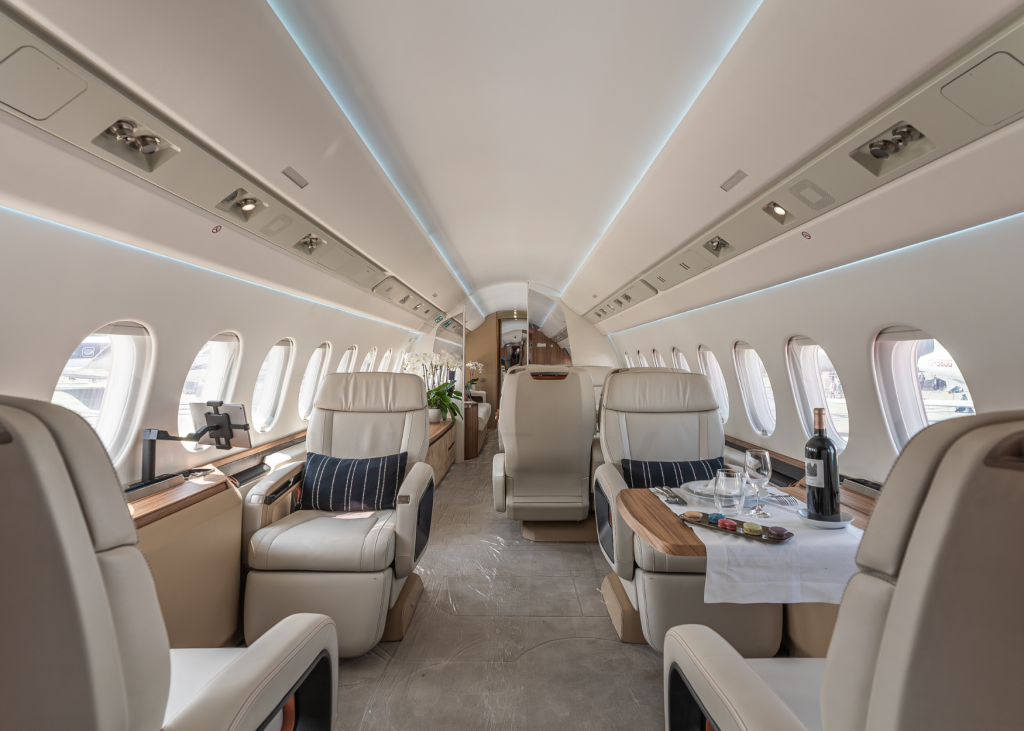
Inside the cabin of the Dassault Falcon 6X.
While business travellers still make up the lion’s share of the clientele, leisure travellers—including families and pet owners—are increasingly turning to private aviation for its comfort and flexibility.
“We’re flying more pets than ever,” says Toomey. “It’s often the main reason for the charter—because the pet gets to ride in the cabin.”
That, ultimately, is the value of charter services: the ability to cater to specific needs with minimal friction. “A big part of our role is making sure everything runs seamlessly,” Toomey adds. “We act as a safety net—coordinating all the moving parts so clients never have to think about what’s happening behind the scenes.”
Read next:
